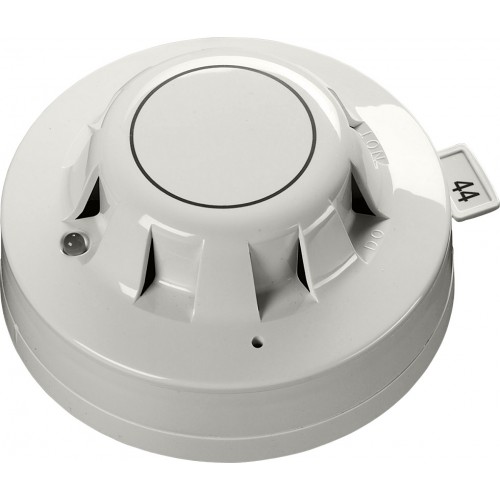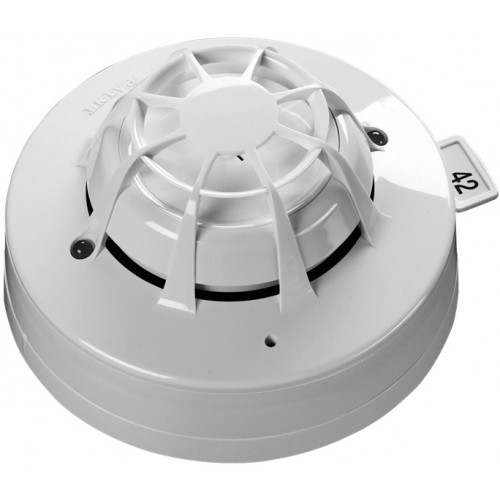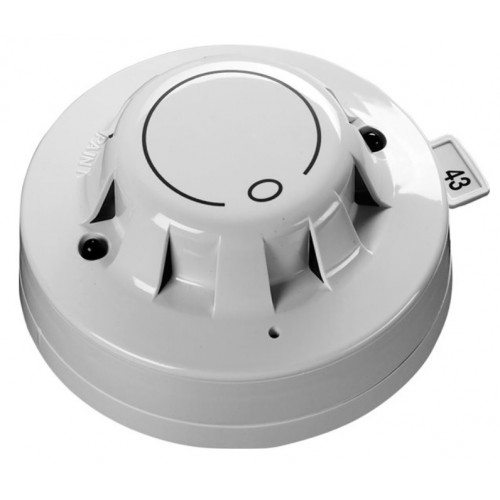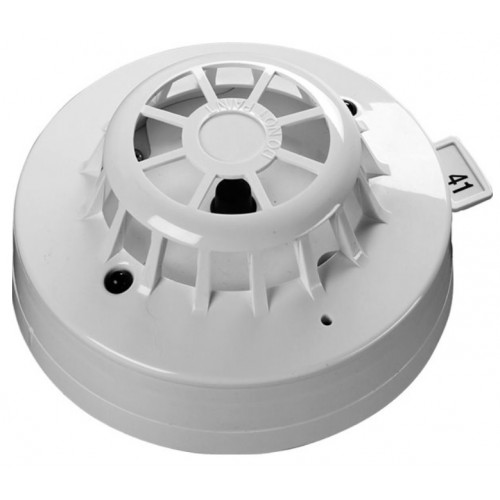Apollo XP95 Optical Smoke Detector 55000-600APO
Apollo XP95 Optical Smoke Detector - 55000-600APOThe XP95 range of analogue addressable fire detectors uses tried and trusted technology to give the best performance and has unique features that benefit the installer and the end user. It is suitable for medium-to-large applications with simple installation requirements. As it operates using digital communication XP95 has a high immunity from corruption and is therefore often preferred in a large system where life safety is critical. XP95 products are frequently used in commercial industrial financial government ITtelecoms and healthcare applications.Device AddressingEach XP95 device responds to interrogation and command from central control equipment. It communicates to the panel information on status command bits type location and other information that allows an alarm to be raised even when the device is not itself being interrogated. Message error checking is also provided. The devices are compatible with Discovery systems and control equipment to aid maintenance extension and upgrade of existing systems.A unique patented XPERT card provides simple user friendly and accurate identification of detector location whereby a coded card inserted in the base is read by any detector once it is plugged in. All the electronic components are in the detector but the location information is held in the base. The address card simplifies and speeds up installation and commissioning. Addressing errors during maintenance and service are eliminated.Brand FeaturesAlarm flag for fast alarm reportingAlarm address for fast location of alarmXPERT 7 Card addressingElectronics-free baseEasy installationElegant designKey FeaturesXP95 Discovery and CoreProtocol compatibleResponds well to slowburning smouldering firesWell-suited to bedrooms and escape routesUnaffected by wind or atmospheric pressure



